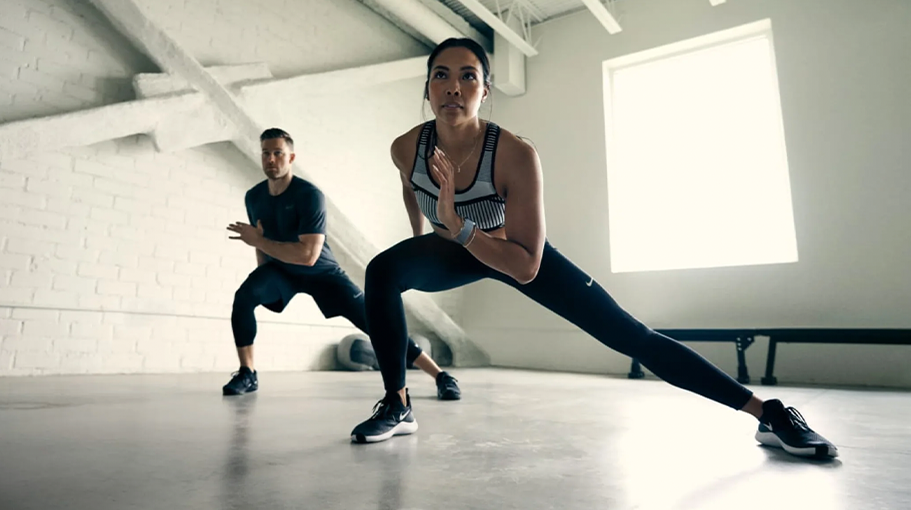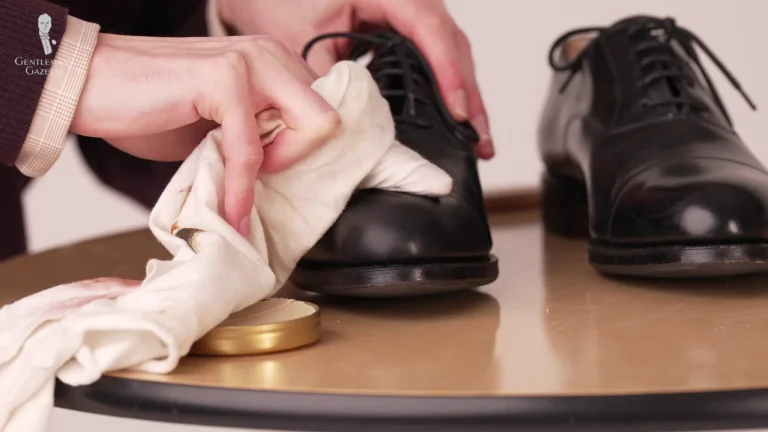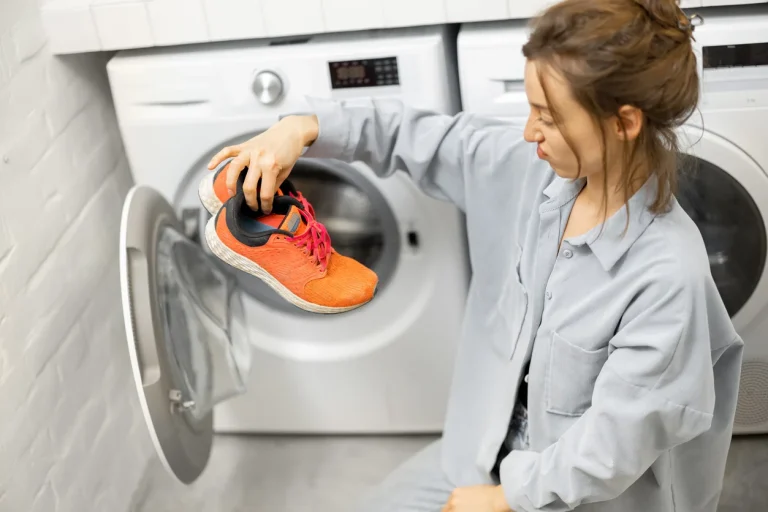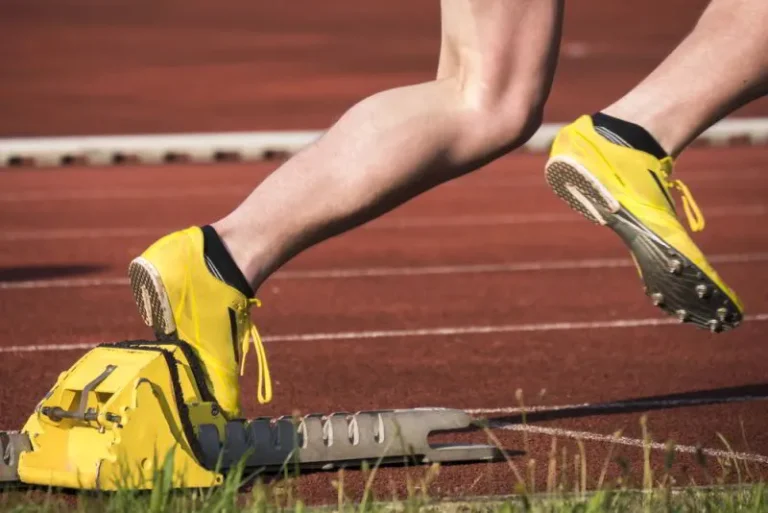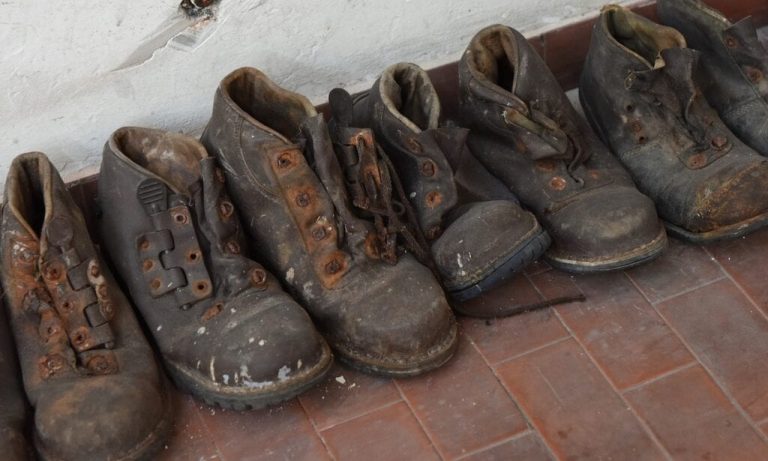Are Tennis Shoes Good For Working Out? Top Tips
When it comes to working out, choosing the right footwear is crucial for comfort, performance, and injury prevention. One popular option that many people consider is tennis shoes. Tennis shoes are versatile and widely available, but are they actually good for working out? In this blog post, we will explore the characteristics of tennis shoes and discuss their benefits for various types of workouts. By the end, you’ll have a better understanding of whether tennis shoes are a suitable choice for your fitness routine.
Characteristics of Tennis Shoes
Tennis shoes possess specific features that make them suitable for various physical activities. Understanding these characteristics can help you determine if they are a good fit for your workout needs. Here are the key traits of tennis shoes:
Cushioning and Shock Absorption
Tennis shoes are designed with ample cushioning to provide comfort and absorb impact during high-impact movements like running or jumping.
Stability and Support
These shoes offer stability and support to keep your feet properly aligned during lateral movements, such as side-to-side shuffles or quick changes in direction.
Flexibility and Range of Motion
Tennis shoes are designed to allow for natural foot movement, enabling you to perform exercises that require flexibility and a wide range of motion.
Traction and Grip
The outsoles of tennis shoes are typically made of rubber with patterns or grooves that provide excellent traction and grip on various surfaces, preventing slips and falls.
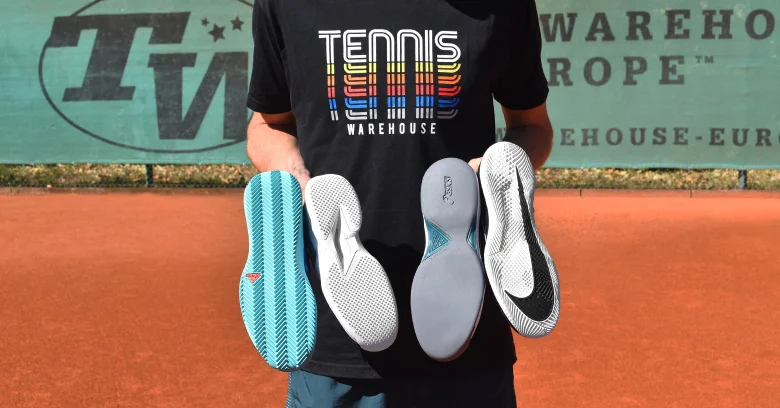
By considering these characteristics, you can assess whether tennis shoes align with the demands of your workout routine.
How to choose the right gym shoe
Choosing the right gym shoe is essential for comfort, performance, and injury prevention during your workouts. Here are some tips to help you select the right gym shoe:
Consider Your Workout Routine
Assess the type of exercises you primarily engage in at the gym. Are you focused on cardio exercises, weightlifting, or a combination of both? Different activities require different features in a gym shoe.
Fit and Comfort
Ensure that the shoe fits properly and feels comfortable on your feet. Look for a snug fit without any tightness or discomfort. Consider the width, arch support, and overall feel of the shoe to find the right level of comfort for your feet.
Support and Stability
Look for gym shoes that provide adequate support and stability for your workouts. This is especially important for activities that involve lateral movements or heavy lifting. The shoe should have a firm midsole and a secure fit to keep your feet stable during dynamic movements.
Cushioning and Shock Absorption
Depending on your workout routine, choose a shoe with appropriate cushioning and shock absorption. Activities like running or high-impact exercises require more cushioning to protect your joints, while weightlifting may require less cushioning for better stability.
Breathability and Moisture Management
Look for gym shoes with breathable materials that allow air circulation to keep your feet cool and dry during intense workouts. Moisture-wicking properties can help prevent sweat buildup and reduce the risk of discomfort or foot odor.
Durability
Consider the durability of the shoe, especially if you plan to use it frequently. Look for quality materials and construction that can withstand the demands of your workouts and provide long-lasting performance.
Try Them On
Before making a purchase, try on the gym shoes and walk around in them to assess their comfort, fit, and overall feel. Pay attention to any pressure points or discomfort that may arise.
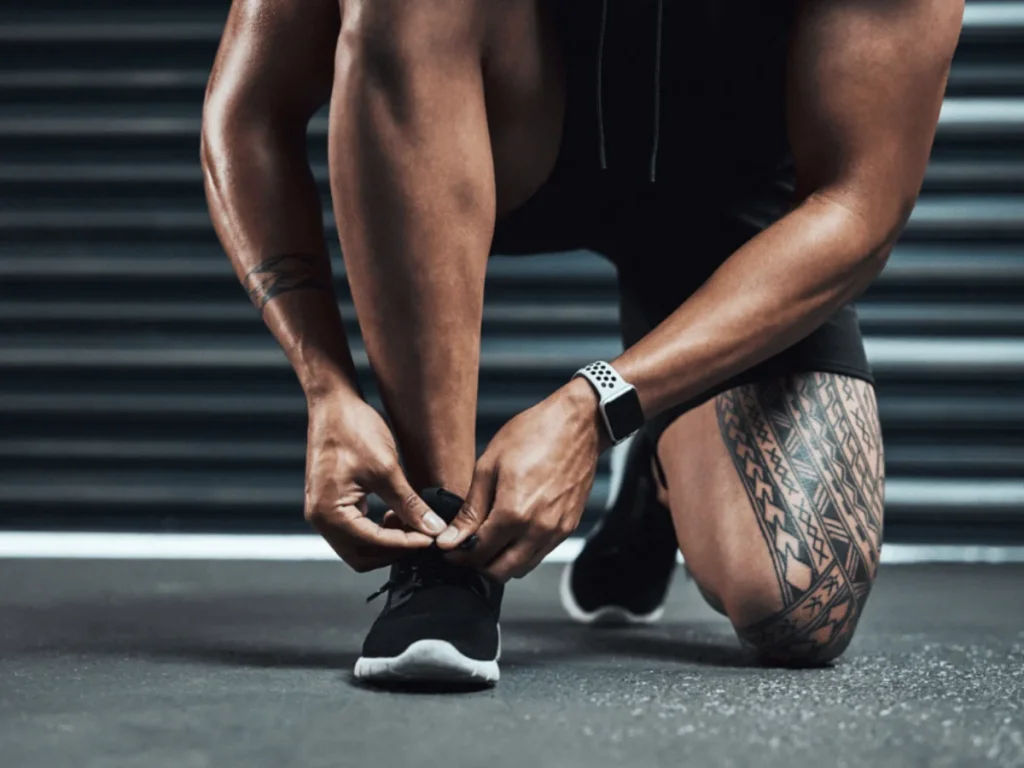
Remember, everyone’s feet are unique, so what works for others may not work for you. You can use the tennis shoes for working out. Take the time to find the gym shoe that suits your specific needs and preferences.
Risks of wearing the wrong shoes to the gym
Wearing the wrong shoes to the gym can pose several risks to your comfort, performance, and overall safety. Here are some potential risks of wearing inappropriate footwear:
Lack of Support
Shoes that lack proper support can lead to instability during exercises, increasing the risk of ankle sprains or other injuries. Insufficient arch support can also contribute to foot discomfort and pain.
Increased Risk of Falls
Wearing shoes with inadequate traction or worn-out soles can make you more prone to slips and falls, especially on smooth gym surfaces. This can result in injuries such as sprains, fractures, or bruises.
Reduced Performance
Ill-fitting or uncomfortable shoes can hinder your performance at the gym. They may restrict your range of motion, affect your balance, or cause discomfort that distracts you from focusing on your workout.
Joint and Muscle Strain
Shoes that lack proper cushioning and shock absorption can increase the stress on your joints and muscles. This can lead to discomfort, pain, and even long-term issues like shin splints or plantar fasciitis.
Foot Discomfort and Blisters
Wearing shoes that don’t fit properly or have inadequate padding can cause blisters, calluses, or other foot discomfort. This can make your workouts unpleasant and may even lead to infections if not properly addressed.
Decreased Durability
Using shoes that are not designed for gym activities can result in quicker wear and tear. This means you may need to replace them more frequently, leading to additional expenses.
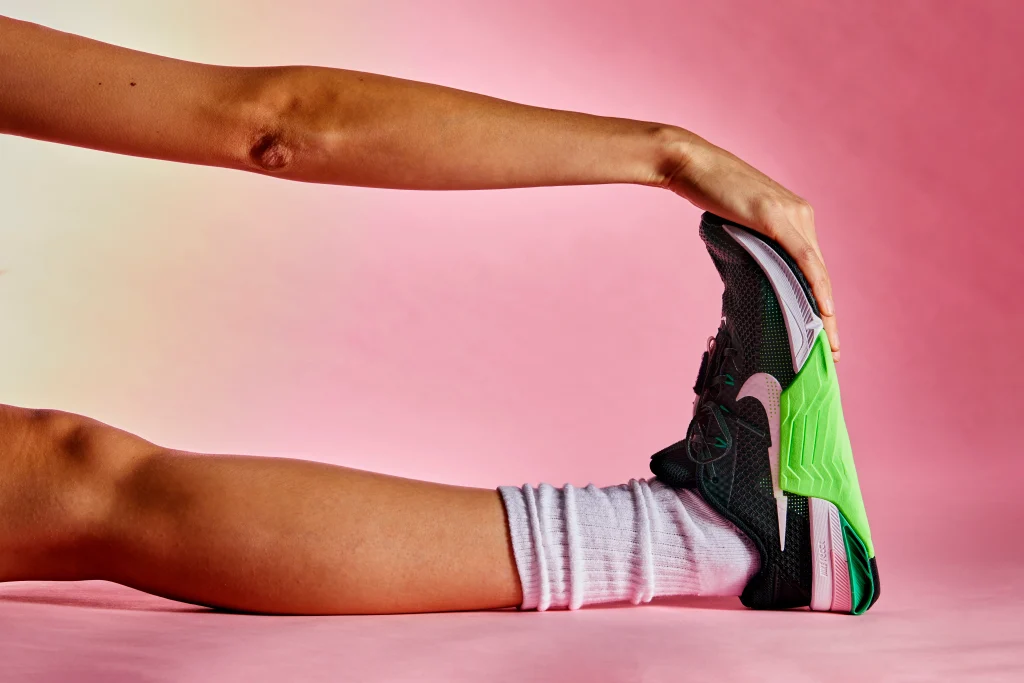
To mitigate these risks, it’s important to invest in appropriate gym shoes that provide the necessary support, cushioning, and traction for your specific workout routine. If tennis shoes you can use for working out its not mean that every shoes you can use it. Taking the time to choose the right shoes can help enhance your comfort, performance, and overall safety during gym sessions.
Benefits of Using Tennis Shoes for Working Out
Using tennis shoes for your workouts can offer several advantages. Here are the key benefits of using tennis shoes for working out:
Comfort and Fit
Tennis shoes are designed with comfort in mind, providing cushioning and support to keep your feet comfortable during workouts. They also come in various sizes and widths, ensuring a proper fit for different foot shapes.
Injury Prevention
The cushioning and shock absorption properties of tennis shoes help reduce the impact on your joints and muscles, lowering the risk of injuries such as sprains or stress fractures.
Versatility and Multi-Sport Use
Tennis shoes are not limited to just tennis; they are suitable for a wide range of activities like running, gym workouts, aerobics, and other sports. This versatility makes them a practical choice for individuals who engage in different types of exercises.
Durability and Longevity
Tennis shoes are typically made with durable materials that can withstand the rigors of regular workouts. They are designed to last, providing you with long-term use and value for your investment.
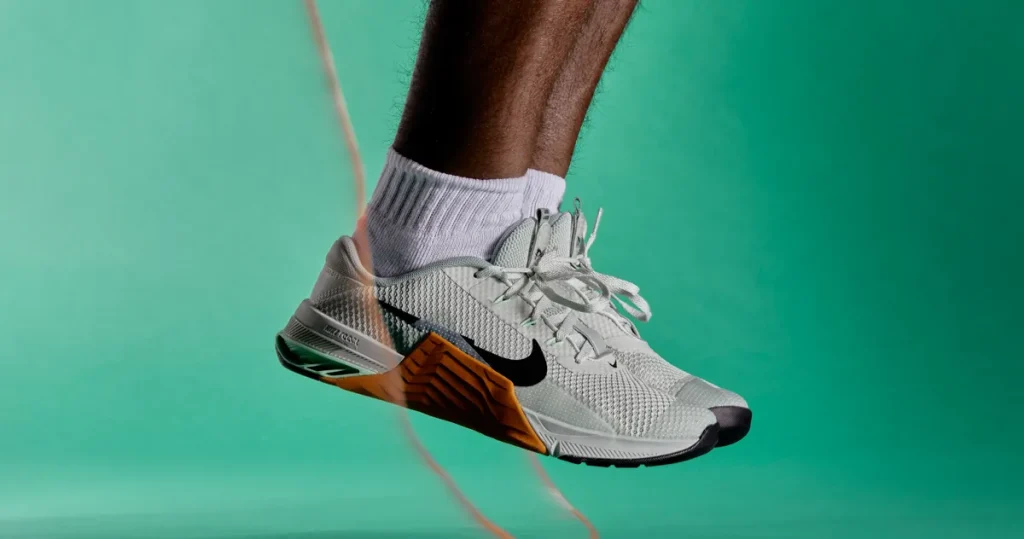
By utilizing tennis shoes for your workouts, you can experience enhanced comfort, reduced injury risks, and the flexibility to engage in various physical activities.
Can tennis shoes be used for gym?
Yes, tennis shoes can be used for the gym. They provide cushioning, support, and traction, making them suitable for a variety of gym activities. However, for specific exercises like heavy weightlifting, specialized weightlifting shoes may offer better stability and support.
Considerations for Different Types of Workouts
While tennis shoes offer benefits for various workouts, it’s important to consider specific factors based on the type of exercise you engage in. Here are some considerations for different types of workouts:
Cardiovascular Exercises
For activities like running or aerobics, prioritize tennis shoes with excellent cushioning and shock absorption to minimize impact on your joints. Look for lightweight options that provide good breathability to keep your feet cool and comfortable.
Weightlifting and Strength Training
When lifting weights, stability and support are crucial. Opt for tennis shoes with a firm and flat sole to provide a solid base for lifting. Look for shoes that offer ankle support and a secure fit to prevent any unwanted movement during heavy lifts.
High-Impact Activities
If you participate in activities that involve a lot of jumping or quick movements, choose tennis shoes with extra cushioning in the forefoot and heel areas. This will help absorb shock and protect your feet and joints from excessive impact.
Cross-Training and Functional Training
For versatile workouts that involve a combination of different exercises, opt for tennis shoes that offer a balance of cushioning, stability, and flexibility. Look for shoes with multidirectional traction to support lateral movements and quick changes in direction.
Remember, the specific demands of your workout routine should guide your choice of tennis shoes. Consider the type of exercise, the intensity, and any specific requirements to ensure you select the most suitable footwear for optimal performance and safety.
Conclusion
Tennis shoes can be a good option for working out due to their cushioning, support, versatility, and durability. They provide comfort, help prevent injuries, and are suitable for various types of workouts. However, it’s important to consider the specific demands of your workout routine and choose the right footwear accordingly. Whether it’s running, cardio exercises, or cross-training, selecting the appropriate tennis shoes can enhance your performance and overall workout experience.

